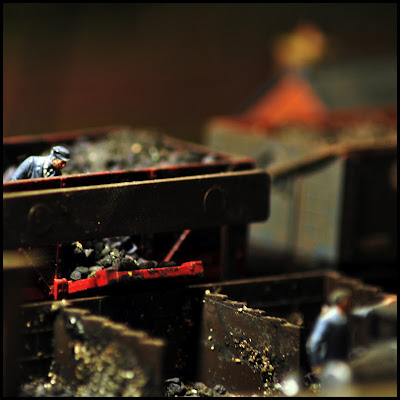 Digital image manipulation - or editing with software - has become a routine practice in photography. The range of changes that photo editors can make varies from correcting background lighting to transforming a human model's body type. More complicated image manipulation may take the touch of an expert, but some software programs, such as Photoshop, are commonly used by average computer users.
Digital image manipulation - or editing with software - has become a routine practice in photography. The range of changes that photo editors can make varies from correcting background lighting to transforming a human model's body type. More complicated image manipulation may take the touch of an expert, but some software programs, such as Photoshop, are commonly used by average computer users. Photoshop these days is one of the most commonly used pieces of software. From the smallest to the largest artwork, Photoshop has delivered an excellent result and performance to accomplish our needs. For me it’s still like deep forest what for now leads me nowhere.
My first theme involve lots more manipulation and transformation, but unfortunately, I couldn’t arrange photo shoots in places what I wanted originally, so mainly I end up shooting only in studio. In the end I not satisfied, but time limits just were too tight.
Still processing my Theme I images I slowly starting understand that that’s all takes lots more time and lots more knowledge, which I actually do not have. Anybody can spend a couple of minutes working with an imaging software and change reality into another level - the professionals simply do it better and quicker.
However, digital image and manipulation go hand in hand under the descriptive words of "digital enhancement," referring to improving the quality of the photograph through software such as Adobe Photoshop - with whatever it takes to do so.



































